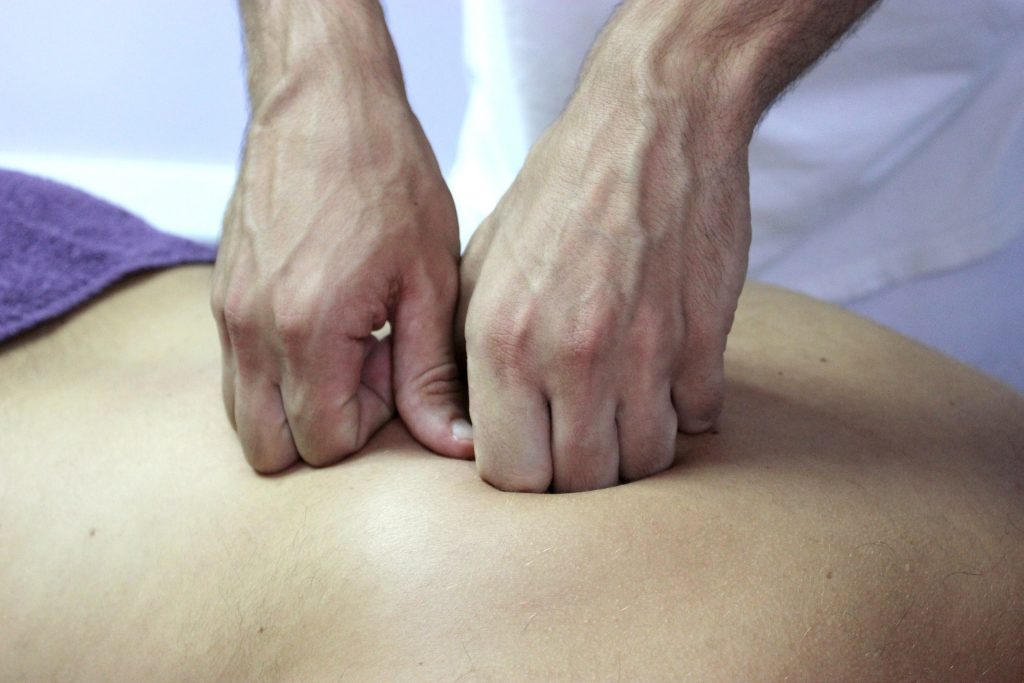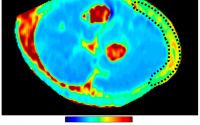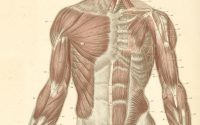Massage is the Best Post-exercise Recovery Techniques to Reduce Muscle Damage, Soreness, Fatigue, and Inflammation
Training in athletes frequently involve repeated eccentric contractions and tissue vibrations that can lead to muscle damage (i.e., the disruption of structural proteins in muscle fibres and/or connective tissues), subsequent tissue inflammation, delayed onset muscle soreness (DOMS), and increased perceived fatigue. These conditions can lead to a temporary reduction in muscular force and an increased risk of injury. Thus it is important for sports physician to optimize the recovery period in order to manage muscle damage and alleviate DOMS, inflammation, and fatigue.
Researchers from France attempted to provide an evidence-based approach for choosing post-exercise recovery techniques. They also looked at studies that measured changes in the blood concentrations of muscle damage indicators [i.e., creatine kinase (CK)] and inflammatory biomarkers [C-reactive protein (CRP) and interleukin-6 (IL-6)] that are observed after exercise and are associated with the occurrence of DOMS.
The study published in Frontiers in Physiology conducted a meta-analysis by searching through 3 scientific databases and found 99 studies that were related to the topic.

The literature showed that active recovery, massage, compression garments, immersion, contrast water therapy, and cryotherapy induced a small to large decrease in the magnitude of DOMS, while there was no change for the other methods (e.g. stretching). Massage was found to be the most powerful technique for recovering from DOMS and fatigue.
In terms of muscle damage and inflammatory markers, the review observed an overall moderate decrease in creatine kinase and overall small decreases in interleukin-6 and C-reactive protein. The most powerful techniques for reducing inflammation were massage and cold exposure.
The authors concluded that Massage appears to be the most effective method for reducing DOMS and perceived fatigue. Water immersion and the use of compression garments also have a significant positive impact but with a less pronounced effect. Perceived fatigue can be effectively managed using compression techniques, such as compression garments, massage, or water immersion. Furthermore, the most powerful techniques that provide recovery from inflammation are massage and cold exposure, such as water immersion and cryotherapy.
The authors added that in this meta-analysis, only one recovery session was examined. Further research needs to confirm if similar outcomes can be obtained when the same recovery technique is used on a regular basis after exercise.


